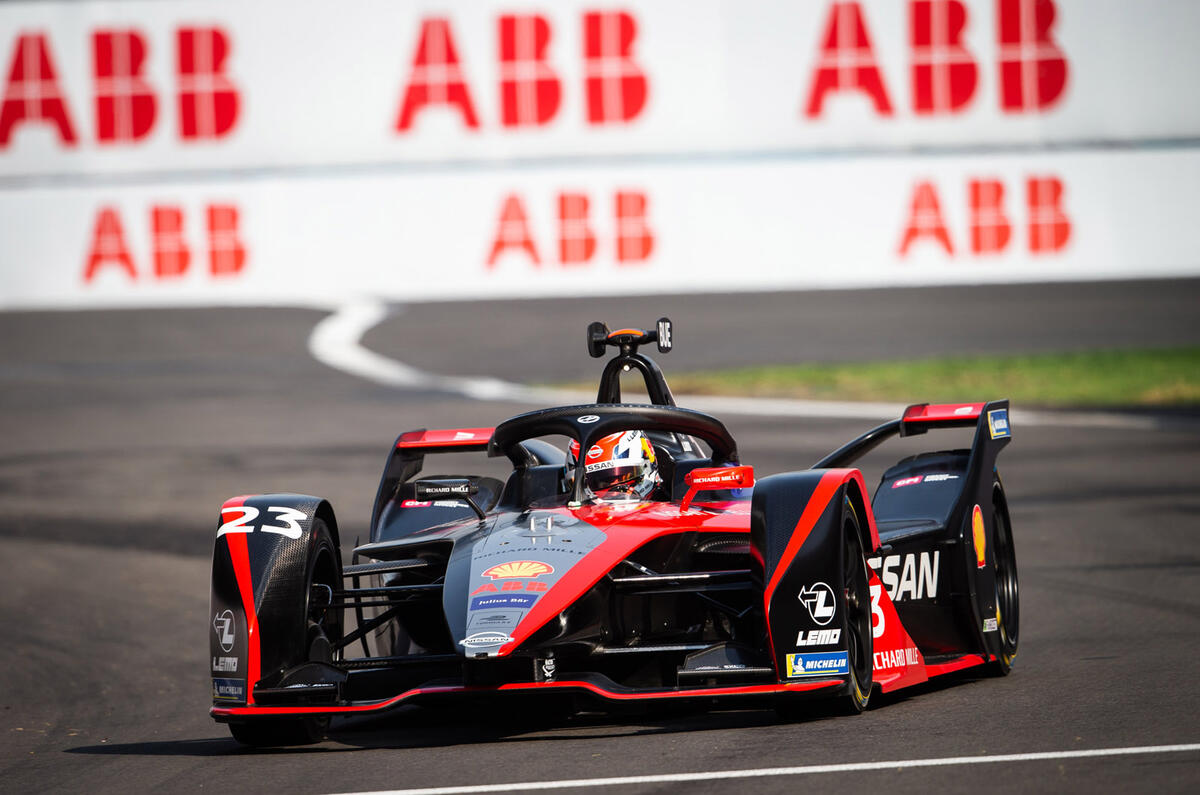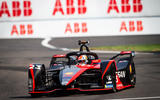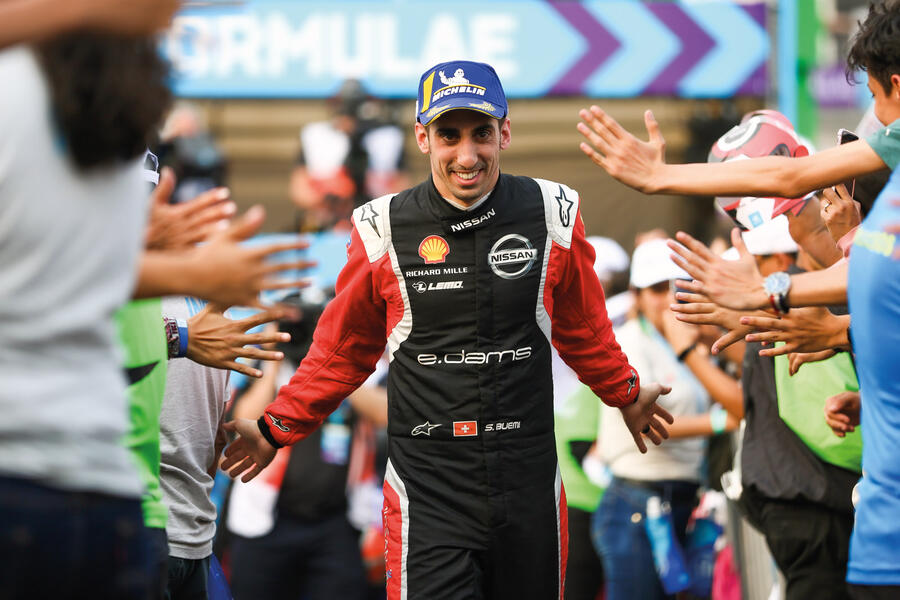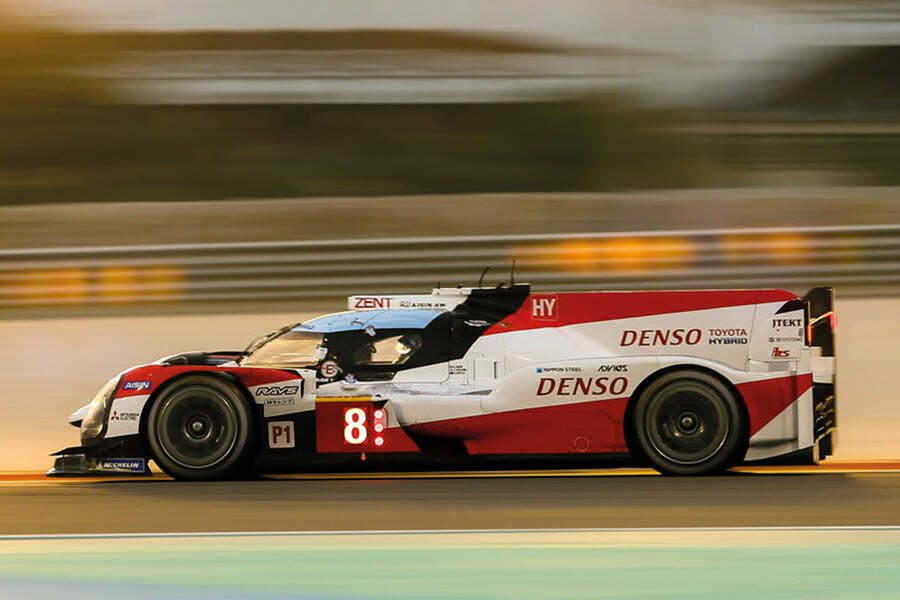Existential crises abound. In the motorsport bubble, the sinister uncertainty of life after the pandemic is no less unsettling than anywhere else. Take Formula E: as founder Alejandro Agag has been quick to acknowledge, how will it continue to race on pop-up street tracks in the heart of major cities if social distancing remains a necessity, as seems certain?
Moving to traditional race circuits looks likely, and that leaves the all-electric single-seater series vulnerable to direct comparisons with conventionally powered racing categories: a battle in speed and spectacle that it can’t win. At least, not yet.
It’s another reason why the Gen 3 car that’s planned to carry Formula E from 2022 up to 2025 is so crucial. The tender for supply contracts is now closed, so it’s decision time. Performance gains are imperative for a series that shines a light on a technology that road car makers are all hitched to for the future. Now the need has an added edge.
An electric convert
Like all racing drivers, Sébastien Buemi is adapting to the oddness of spending so much time at home. His three seasons with Toro Rosso between 2009 and 2011 are a growingly distant memory but, at still just 31, the Swiss remains a prime example of the varied and fulfilling life that exists beyond Formula 1.
A double-winner of the Le Mans 24 Hours and a World Endurance Championship (WEC) victor with Toyota, he’s also Formula E’s most successful driver in terms of wins (13) and a former champion. His dual-pronged programme has him testing and racing all year round, which only accentuates the impact of this enforced halt.
Buemi admits that he had little interest in electric power before Formula E; it was “simply an opportunity” when he signed up for the first season in 2014. But naturally his status as a ‘year zero’ veteran has changed that. Now an ambassador for series title sponsor ABB, Buemi is a genuine convert.
“I’ve been around a long time and I’ve seen many new categories, most of which collapsed,” he says. “With Formula E, the timing was good. Now it’s going to be a world championship, and it keeps getting better.”
It has certainly come a long way from 2014, when limited range meant drivers had to jump into a second car mid-race. Now the brief for the Gen 3 is a maximum power output of 460bhp, up 134bhp on the current Gen 2 racer. Weight loss from 900kg to 780kg is also planned for a car smaller in dimensions, while a standardised second motor will be added to the front axle, not to provide four-wheel drive but to generate more power. And, most significantly for real-world relevancy, the new car must be capable of rapid-charging: 0-100% within 45 minutes, plus 30-second top-ups as an added feature of races.
What percentage of charge will be available within just half a minute remains undefined, but it would be an obvious selling point for a championship that already boasts Germany’s big four car makers, plus DS, Jaguar, Mahindra, Nio and Nissan, for which Buemi drives.











Join the debate
Add your comment
Too many gimmicks
I like the idea of Formula E and the potential for racing to improve the breed. But I think the series has suffered too many gimmicks, the latest being the proposal to introduce 30 second top ups during racing. It's obvious that this will only add about 1% extra charge to the battery, and races would actually be quicker if drivers simply went a bit slower and avoided the 30 second stop. Also I think the whole philosophy of making the cars more powerful to improve the spectacle is flawed.Couldn't Formula E learn something from Formula Ford, where relatively slow cars with 100 horsepower engines running on road tyres and zero downforce provided great racing and a fabulous spectacle.